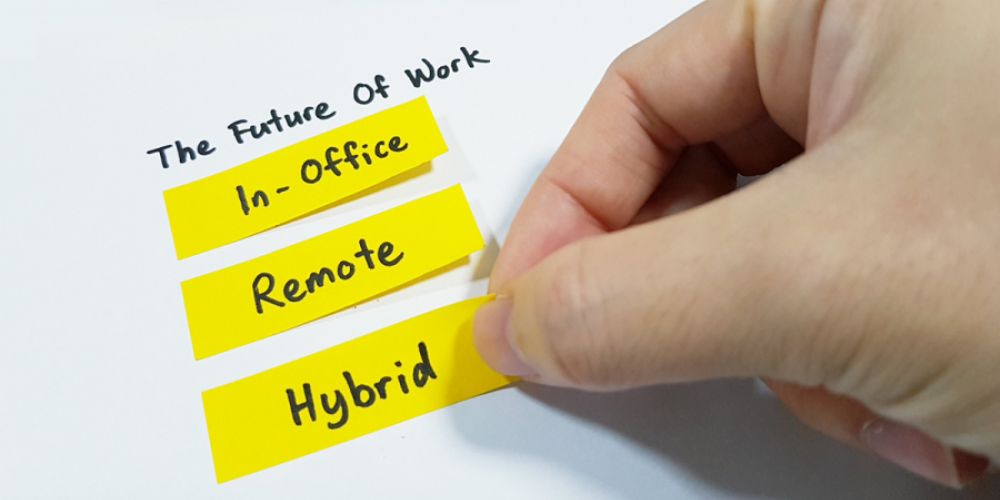
Follow these 4 steps to build a successful post-pandemic roadmap for hybrid work
THE CONSEQUENCES OF RTO
The pandemic has resulted in a number of permanent changes to work culture, particularly where remote work is concerned. Whereas before the first lockdowns many employers resisted requests to work from home, their attitude quickly changed as the need to keep the lights on remained after workers left the office.
But not everyone got the message, and that was particularly apparent as COVID infection rates began to fall and organizations started refining their post-pandemic workforce plans. Many organizations attempted to enforce strict RTO rules, often giving employees a stark choice: come back to the office or start looking for another job.
To no one’s surprise, all-or-nothing RTO edicts weren’t well received by workers who had already proven their ability to maintain and grow productivity from any location. Data from Citrix bears this out, as it concluded that knowledge workers who had been forced back into the office full-time, had less trust in their employers than hybrid or remote workers.
A Gallup survey reinforces this. Employees who are pushed back to the office, but who would rather work remotely or mostly-remotely, are much less engaged in their work, experience higher rates of burnout, and are far more likely to leave the organization entirely.
BEST PRACTICES MATTER
Fortunately, the answer for a successful transition back from the fully remote workstyles that defined much of the pandemic isn’t as complex as it might seem. Consider the following best practices as you build out your own roadmap for employees:
- Communicate early. Communicate often. When in doubt, over-communicate your plans so that employees know the RTO roadmap and can adjust their own plans accordingly. Never assume that employees will “just know” what the organization has in mind. The more advance notice you can provide to any upcoming changes in remote/in-office-hybrid work policies, the better.
- Keep it bidirectional. It’s 2023, and organizations can no longer expect to dictate terms to employees and expect them to mindlessly accept them. Knowledge workers are increasingly willing and able to jump ship, and ongoing skills shortages place greater pressure on employers to listen thoughtfully to employee concerns and adjust their plans accordingly. Actively solicit input from employees and make sure the process is more of a conversation and less of a one-way stream or corporate edicts.
- Keep it flexible. The hybrid roadmap is not a single-point-in-time project. The plan should evolve organically as the organization receives feedback from employees and stakeholders and incorporates those insights back into the plan. Position it as an ongoing partnership with employees and allow them to help shape where and how they work.
- Provide ample ongoing support. After working almost exclusively from home for two to three years, employees may need help to adapt to the changes in workstyle. Mental health took a beating these past few years, and organizations that help their people both in-person and online will end up with happier, more engaged workers. Counselling, training, support groups, and other tools can ensure employees never feel alone as they transition into the post-pandemic workplace.
THE BOTTOM LINE
Employees have spoken, and the data doesn’t lie. A report from Gitnux suggests almost two-thirds – or 63% – of high-growth organizations now employ hybrid work models, while almost three-quarters (74%) of all organizations either have already implemented permanent hybrid work models, or plan to do so. A full 83% of all workers would prefer hybrid work and are prepared to quit if they don’t get it.
It’s clear that old assumptions about remote workers being somehow less productive than their in-office colleagues are being cast aside. And employers who order employees back to a physical office will learn the hard way that this outdated strategy destroys trust and undermines recruitment and retention efforts.
The developers and staff at STEP Software have access to a flexible hybrid work environment that allows individuals to decide where and how they work. As we’ve reviewed and implemented changes to our own post-pandemic work styles, we’ve learned a few lessons along the way. Drop us a line if you’d like to learn more.


